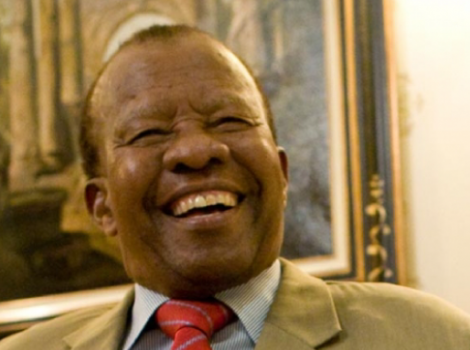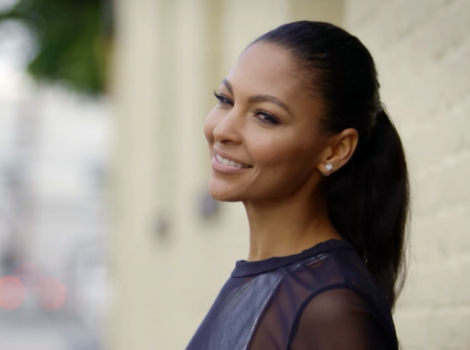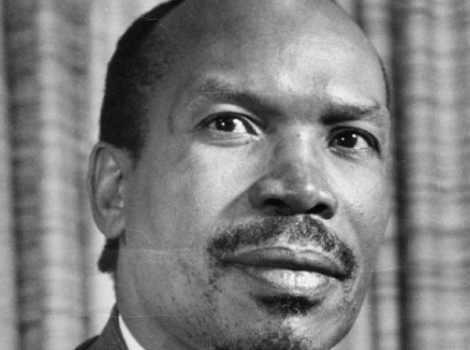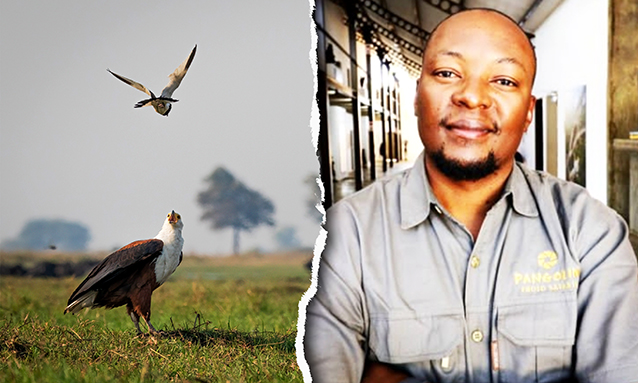
Botswana is undoubtedly a beautiful country. Home to the largest concentration of elephants on earth, incredibly diverse wildlife, a strong focus on eco-tourism and one of the last remaining wild, rugged spaces, Botswana is every safari lover’s dream. Boasting the Okavango Delta’s winding waterways, the stunning beauty and vast openness of the Makgadikgadi Salt Pans and the prolific wildlife of the Chobe National Park and the Kalahari Plains, it’s no wonder Botswana has over the years turned into a coveted destination for documentary makers and wildlife photographers.
Countless photographers can vouch for Botswana as the best eye-to-eye photographic destination as it offers them unique opportunities that do not exist elsewhere in Africa. Lions and other animals crossing water are a daily occurrence. Elephants regularly cross the Chobe River between Namibia and Botswana, and there are frequent sightings of the Okavango Delta lions swimming between the islands at peak flood time or engaging in a kill, setting the scene for the most dramatic shots. Wildlife photographers are lapping it up and sharing the fruits of their hard work with us all.
One such photographer is Dennis Mokapisi, as he’s known on his Facebook page. Born and bred in Maun, Dennis’ amazing work caught our eye for many reasons. With 15 years of rich tourism industry experience as a guide, Dennis has also been building an impressive wildlife photography portfolio for the past six years, sharing a lot of it across various social media platforms. Besides his ability to beautifully capture the very essence of his subjects, Dennis puts his heart and soul into his work by educating his hordes of fans about the animals he ‘shoots’. Moreover, he remains gracious, humble and courteous.
We at YourBotswana feel honoured that Dennis agreed to an interview with us, and here it is.
What do you do for a job besides wildlife photography?
Besides being a photographer, I’m a qualified professional guide, which is how I started in the tourism industry.
Where are you based?
I’m currently based in the Chobe district, Kasane. #HomeOfTheGiants, as I like to call it on account of it being the one spot on the planet with the highest number of elephants (60-70k beasts.) This is a huge claim to fame, but I feel strongly that we are sleeping on it – as a country, we should have elephant statues everywhere people gather, all the airports and border posts. We should be proud of this achievement because it did not happen randomly. We should be known as the #1 home of the giants.
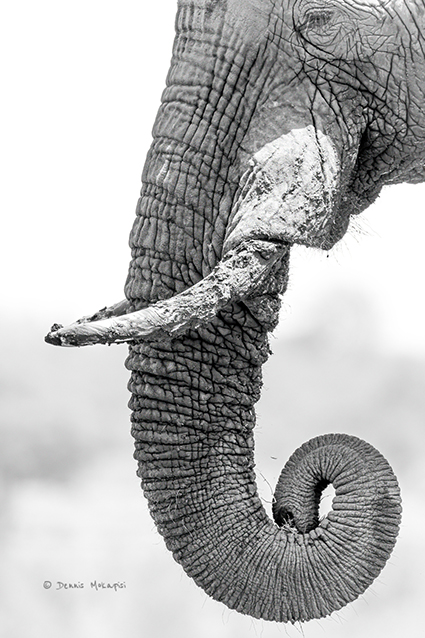
When and how did your love of photography come about – what got you started in wildlife photography?
It was ignited as a hobby the first time I hopped onto a game-viewer or game drive vehicle. But obviously, back then, storage was a bit of a hassle. So, it wasn’t until 2015/ 2016 that I started taking my documenting seriously and safekeeping the material.
I started my guiding adventure at Wilderness Safaris in 2007, and would admire their brochures. The image quality and how close they seemed to get to the animals was mind-blowing. I knew then that it was something I would do once I had the experience and resources.
To this day, I don’t take the fact that you can get very close to a wild animal and expose its finer details, hopefully making them relatable as living beings that also deserve to roam the planet safely, for granted.
For how long have you been a professional photographer?
I’ve been at it as a professional now for four years, thanks to Pangolin Photo Safaris, who helped me refine my skill, turning me into a Photography Instructor. The job entails teaching international travellers how to spot and capture the essence of wildlife and the use of the equipment. This is the only outfit in Botswana (possibly the whole of Africa) that offers photography services at the highest level, and I’m fortunate to be a part of it.
Your passion for wildlife photography is tangible and clear for all to see. Tell us why you love snapping wildlife.
Simply put, the Botswana conservation success story has always been an inspiration for me, and it’s a pity that we are not at the forefront as far as this positive wave is concerned. The yesteryear leadership of this beautiful country did a great job of taking care of our natural resources, and they passed on the baton to an equally capable current one. I consider myself a tiny but vital support structure playing its role in the bigger picture.
Speaking of conservation – do you think your work and wildlife photography can positively impact conservation – how so?
Wildlife photography can positively impact conservation, and I would like to use the analogy of racism in this case. I believe racism is caused by a fear of the unknown or what’s different from the norm. So, if I shared a picture of an animal that’s feared and associated with negative and bad things and painted it in a positive light, chances are you will start changing your attitude towards the said subject. It might take time, but I would’ve aroused your curiosity and slightly shifted your perception.
Very true! What inspires your photography?
Botswana’s conservation track record inspired my photography. The country is doing very well, and I’m extremely proud. I can confidently justify our military expenditure. A huge chunk of it goes towards anti-poaching efforts. It’s always comforting to know that you are filling a bucket with no holes.
You have built quite an impressive fanbase on social media, including us. What do you believe makes your images so impactful?
That’s a big compliment – like most, I hope my art touches a few individuals and gets them thinking differently about our natural world. I think it’s impactful because I put it in my audience’s faces, to appreciate, confront and acknowledge.
What is your most memorable sighting?
It occurred in Duba Plains, Okavango Delta – an island that is home to two of the worst enemies in the animal kingdom. Buffaloes and lions. One of the few places in the world where you are almost guaranteed an interaction between the two beasts. I got to witness the power of the big cats, from the chase all the way to the actual kill, all of it happening within a distance of less than 3 metres. It’s certainly one for the books.
Wow, it is indeed! Where is your favourite place to photograph wildlife and why?
Chobe National Park is my favourite playing ground as a photographer, especially on the river. The relationship between subjects and Photographers is perfect. Unmatched. It’s always great when a model is willing.
Is there a picture you are most proud of and why?
I have an African Skimmer photo that I’m so fond and proud of because as a subject, these are quite challenging to capture. But I was able to snap one with great reflection as it was doing what it does best, which is skimming the water for fish.
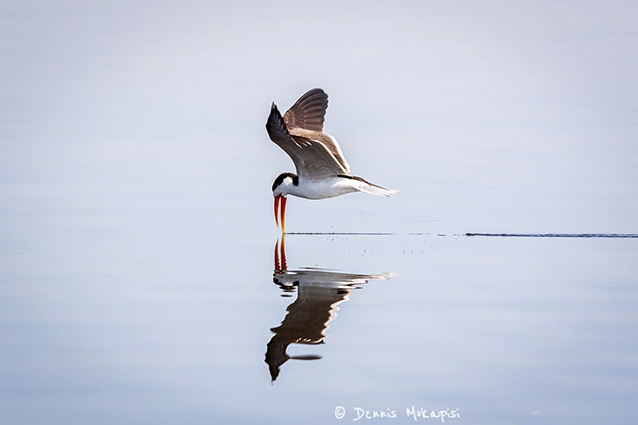
Is there an animal that you’d be happy to photograph again and again, and why?
I cannot for the life of me get enough of Chacma baboons! Maybe they speak more to the fact that I want to see my subjects as beings that deserve to live just as we do. So the mannerism, behaviour, social interaction, playfulness and grooming all make for a picture that consists of more than a thousand words, if you ask me.
Do you have a wish list of shots you still want to get, maybe an animal that has eluded you or an animal doing something?
Definitely a cheetah in action. That’s a cat that needs attention. Its numbers are going down rapidly due to the loss of habitat as a result of agriculture, not to mention global warming. Being a creature that depends on speed, rising temperatures are detrimental to its wellbeing.
Have you ever had a close shave with a wild animal that made you question what you do?
I’ve had close encounters with animals that made me question my profession as a guide but not so much as a photographer. For instance, I have stepped on a pair of mating Black Mambas on a walking safari and almost walked into a Buffalo bull that was lying down.
Yikes – truly wild stuff! You seem to mainly photograph animals – are landscapes more or less challenging to snap?
I do occasionally capture landscape images, it’s just that the area where I’m currently based doesn’t present many opportunities for such. It’s definitely a must-do in wildlife photography to show the various types of habitats as well.
That’s great to hear! Hopefully, one day, we’ll get to see how you interpret the gorgeous Tuli landscape!
Do you use Photoshop, Lightroom or any other software programs to post-process your images?
I use Adobe Lightroom for post-processing. It’s the number one go-to editing software, especially for wildlife photographers, more so when you are dealing with a lot of images in raw format.
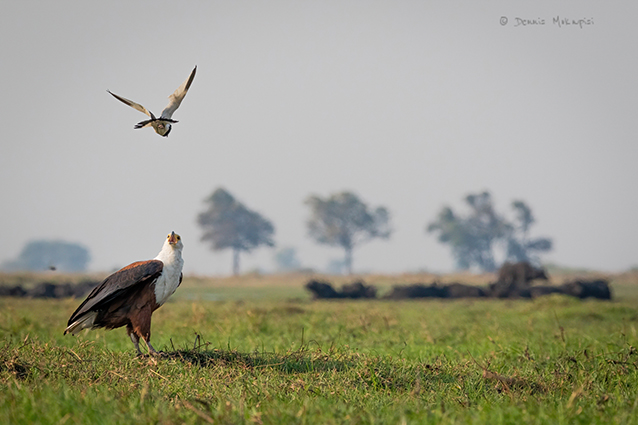
What advice or encouragement would you give someone starting out in or wanting to improve their wildlife photography?
It has to excite you, otherwise, it’s easy to get bored because it requires a lot of patience. Can you sit in one spot for an hour or two, waiting for something that might never happen? It is one of the undertakings that are being made easier by social media, hence aspiring photographers can start with their phones and work their way up. Modern-day phones are catching up to DSLRs and mirrorless cameras at an alarming rate. So, I’d say start where you are with what you have and always have a back story. Do your research, as well.
Finally, any projects in the pipeline?
In the future, I plan to shoot behind-the-scenes videos as tutorial material for YouTube and TikTok.
Sounds great, Dennis – all the best with that. Thanks once again for the interview, and keep us posted about your future projects.

